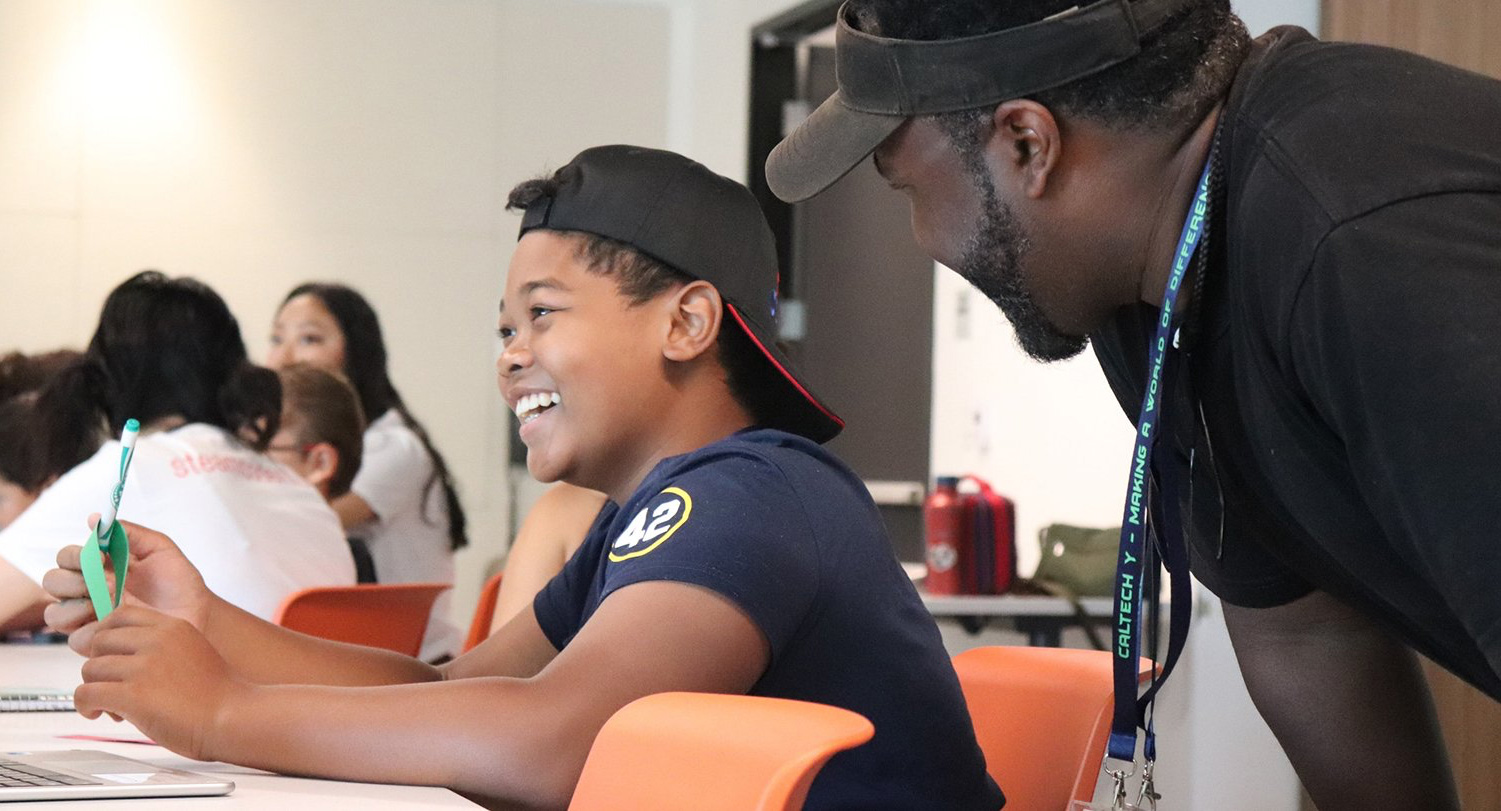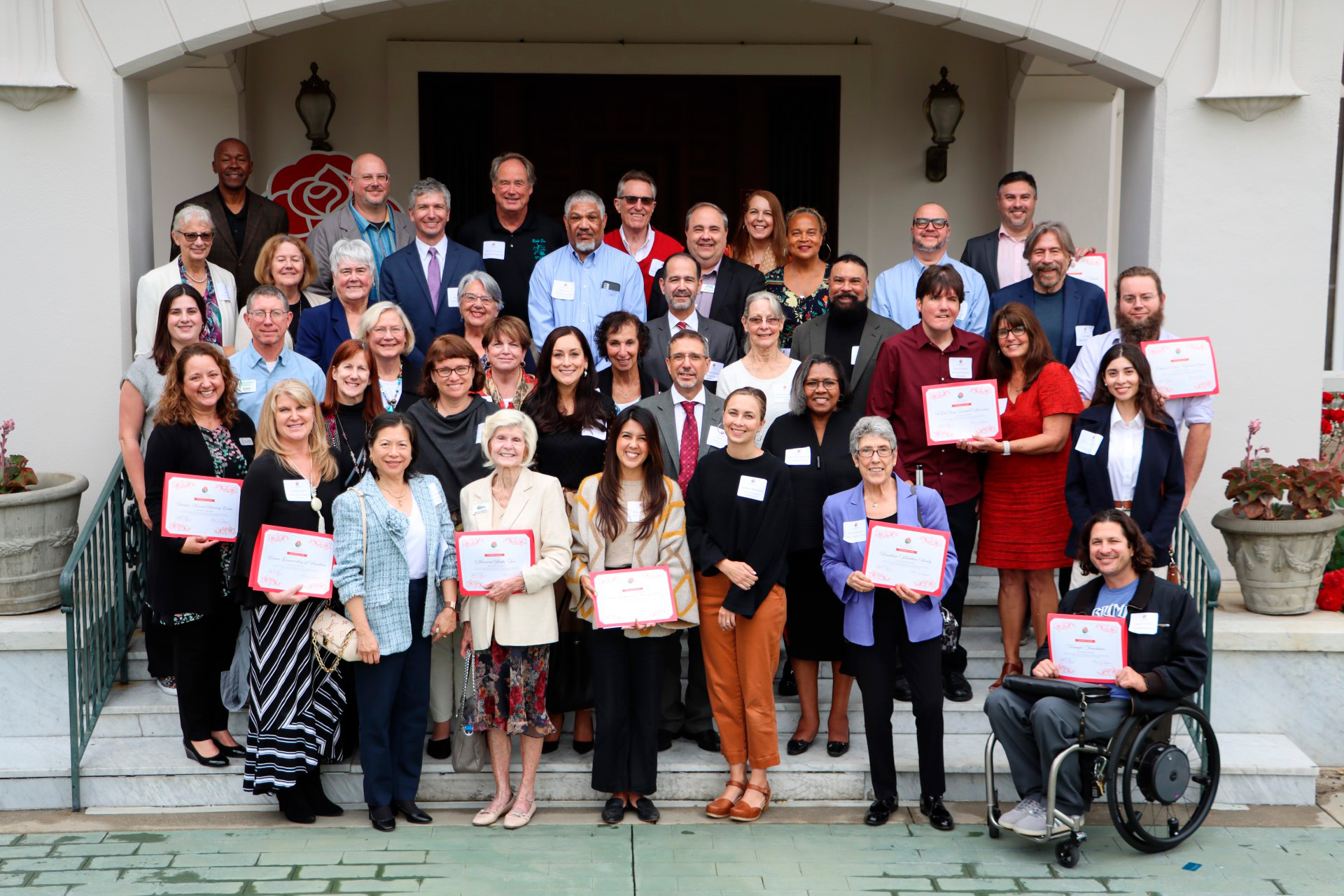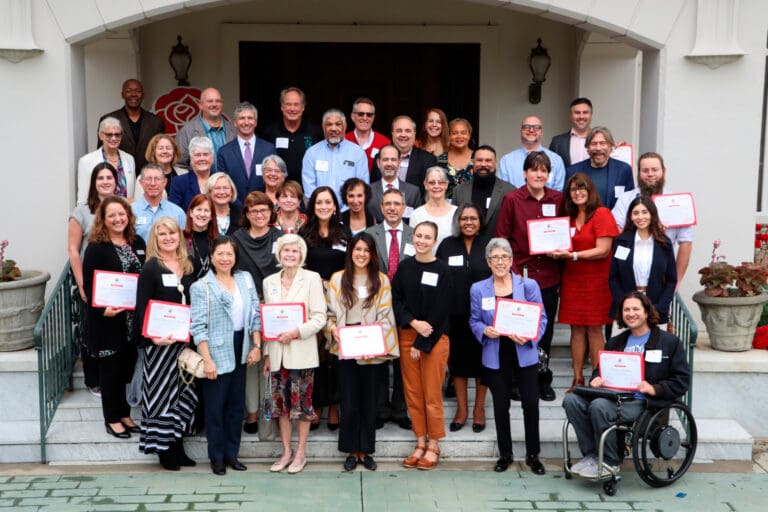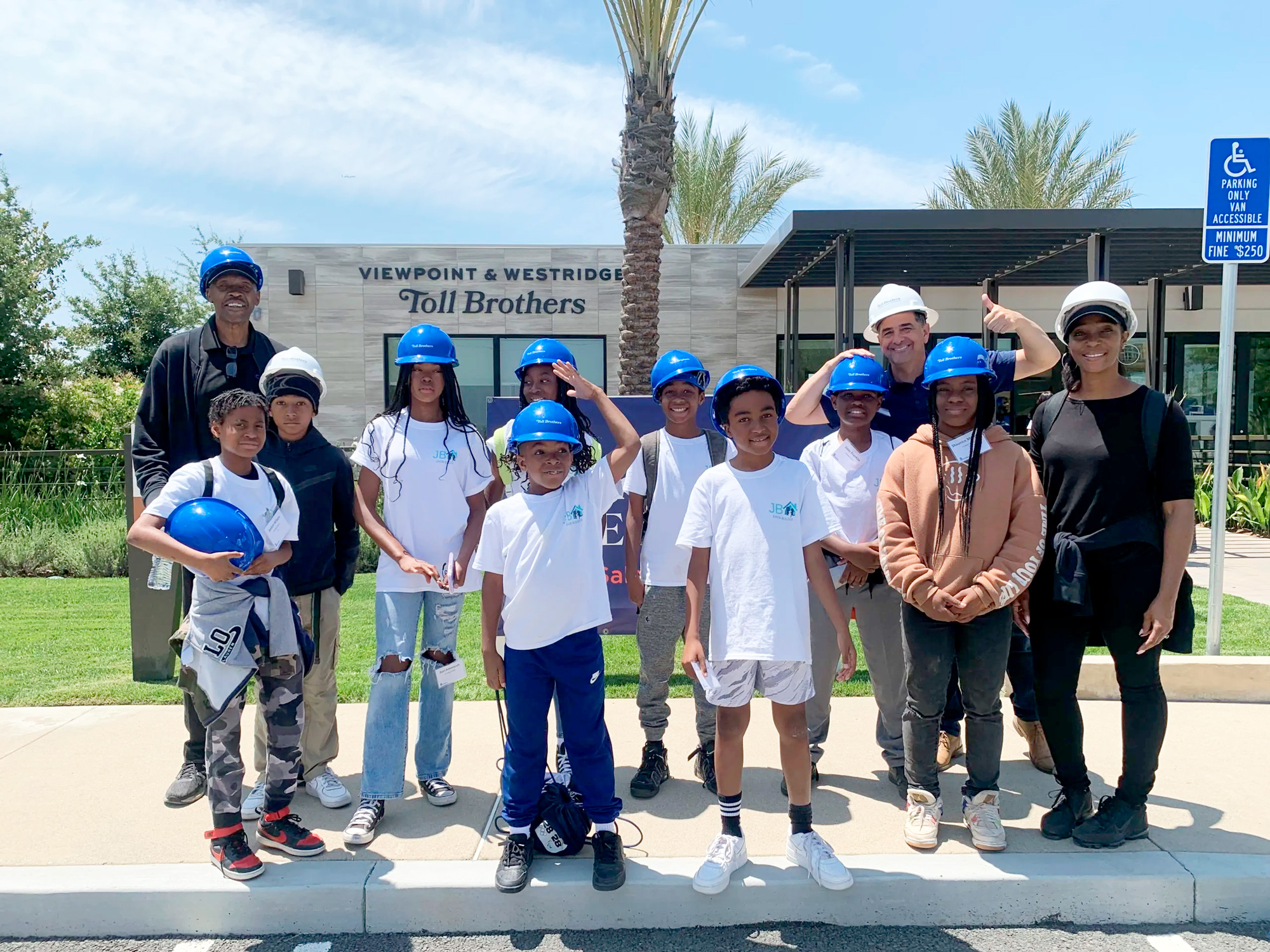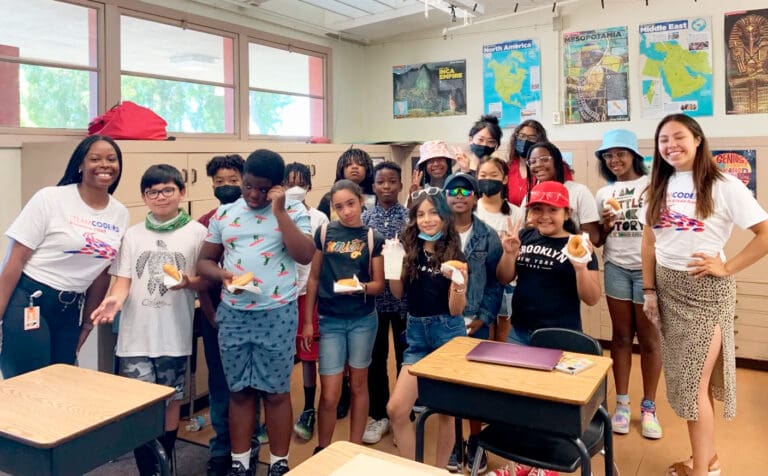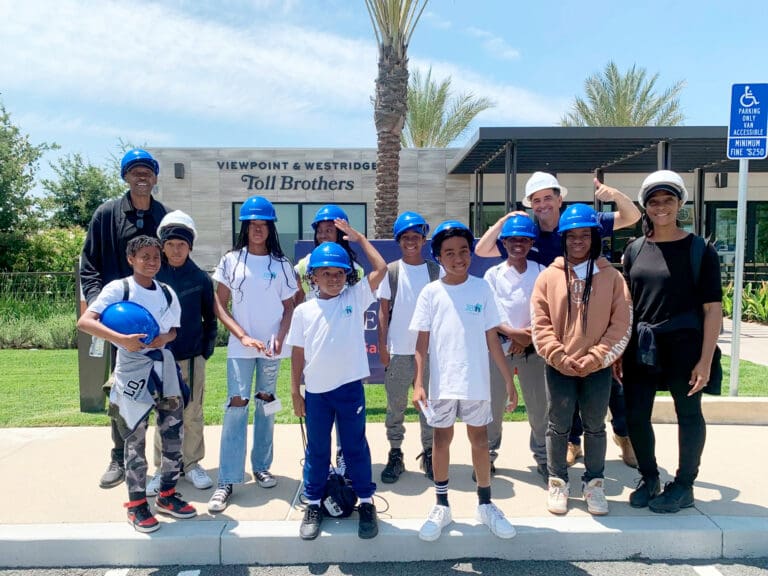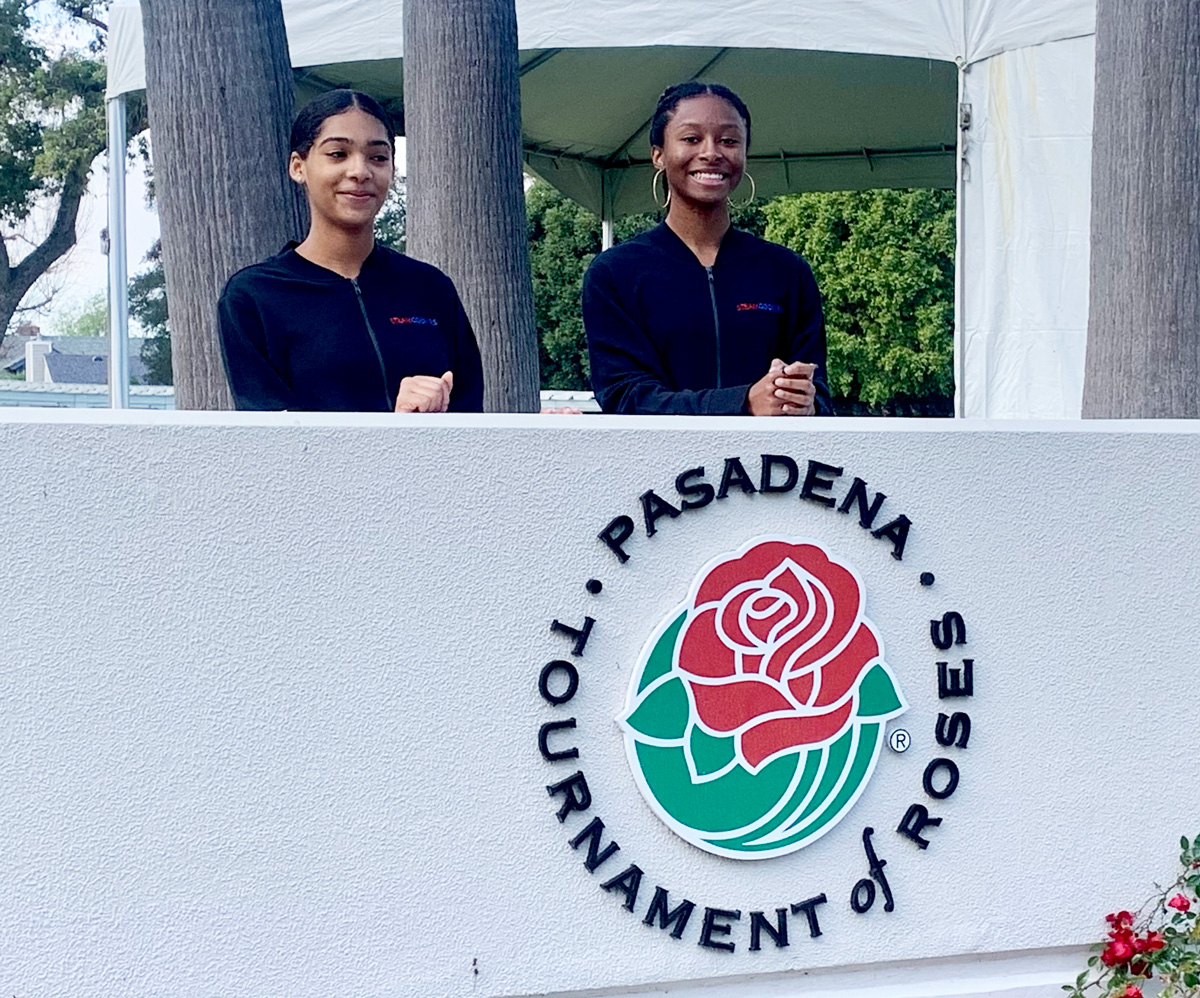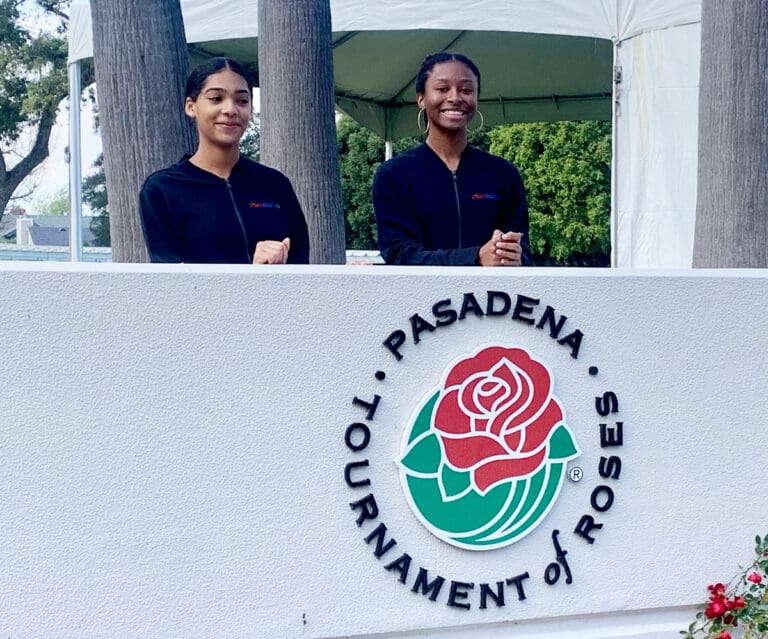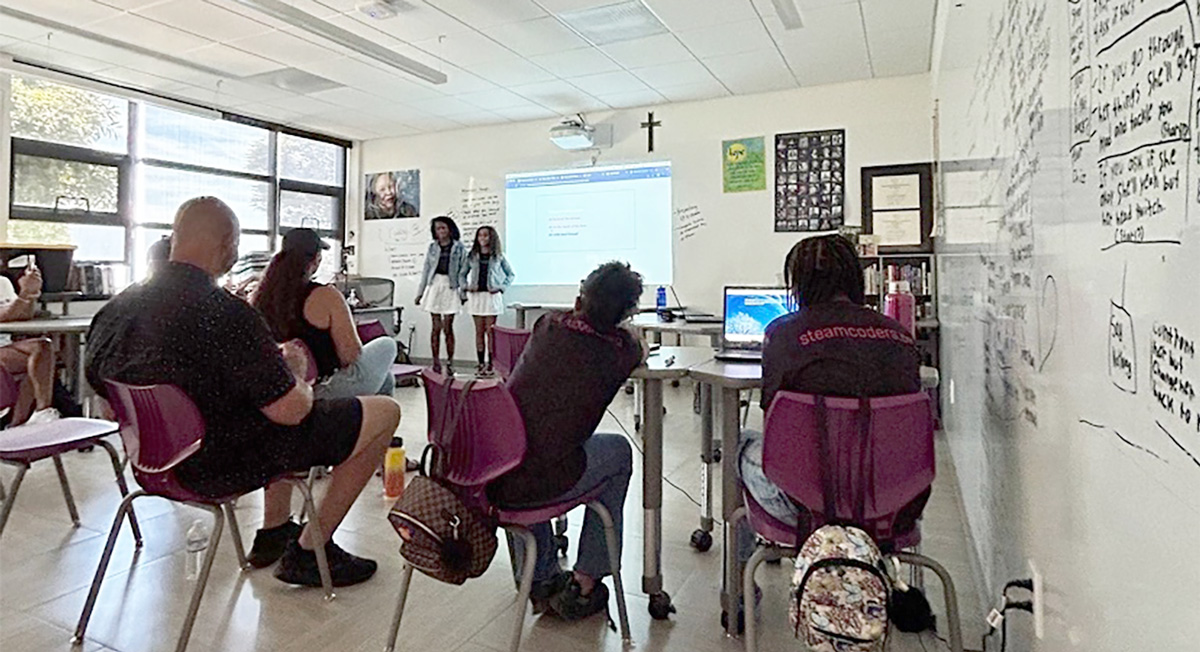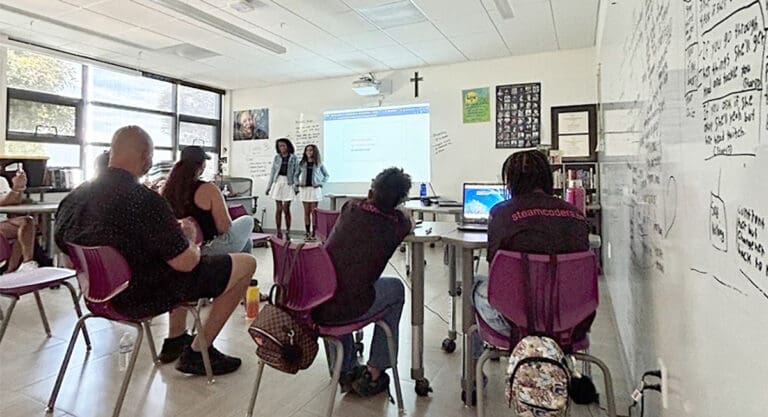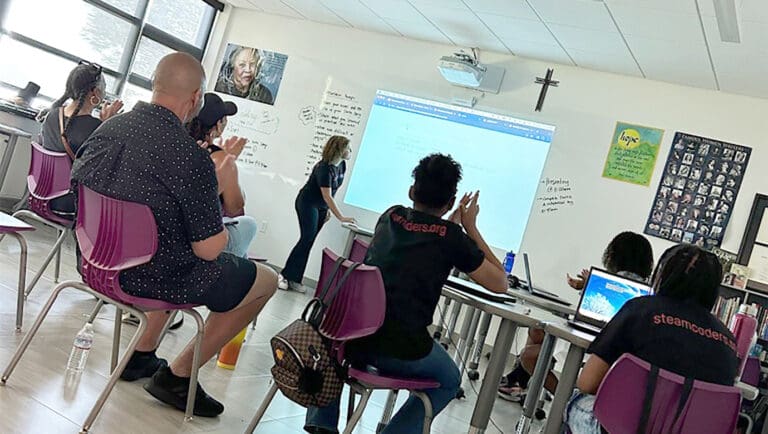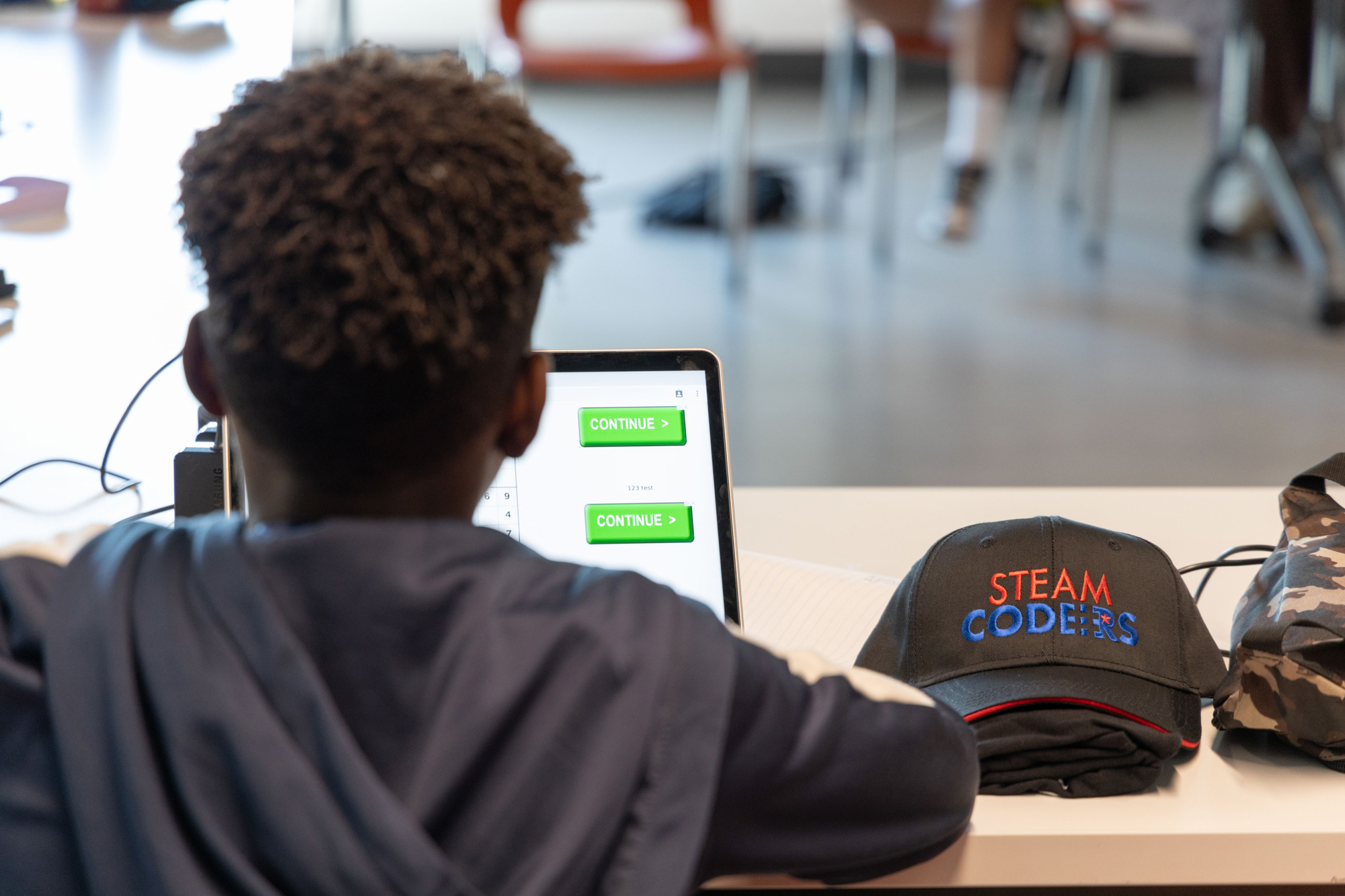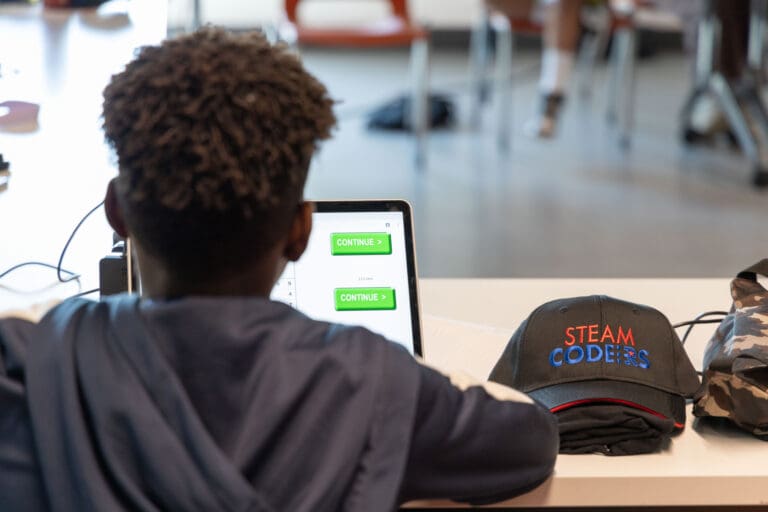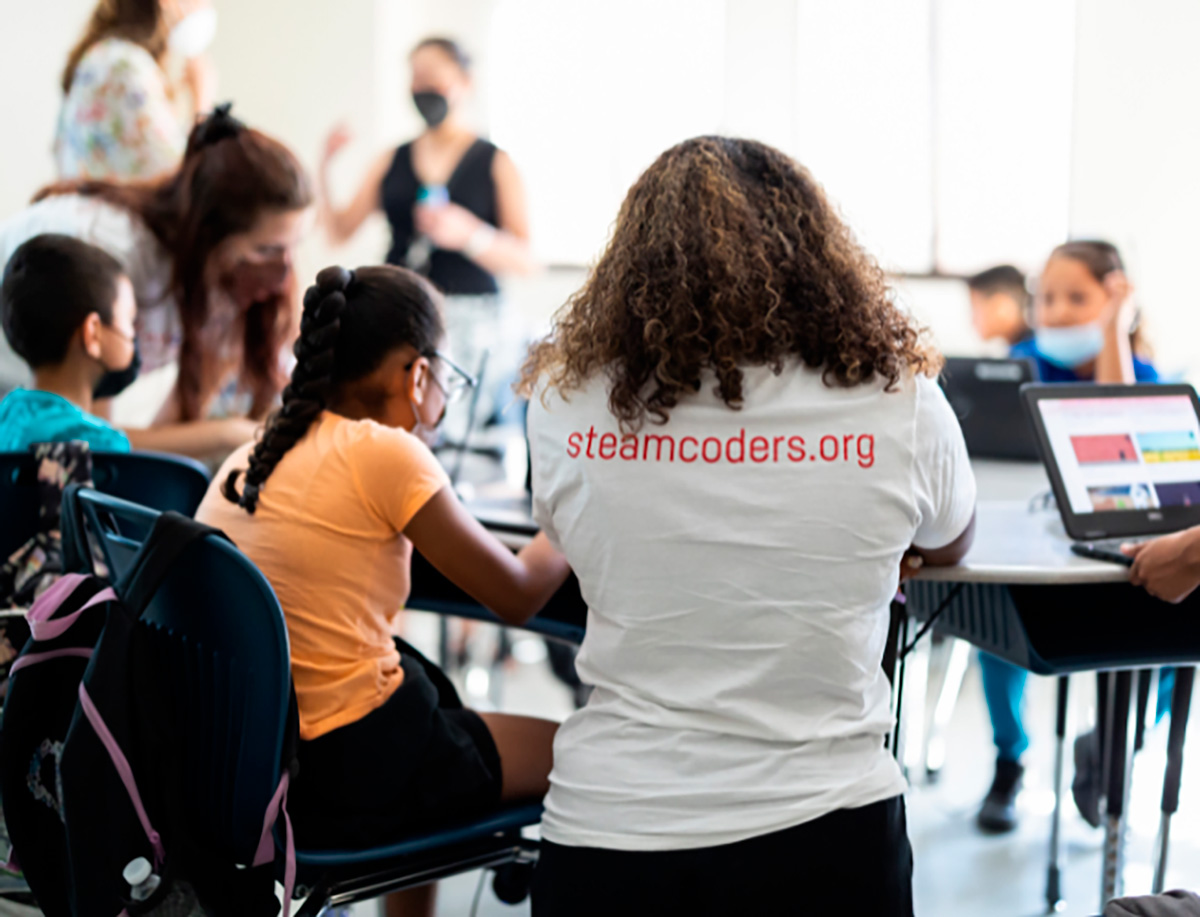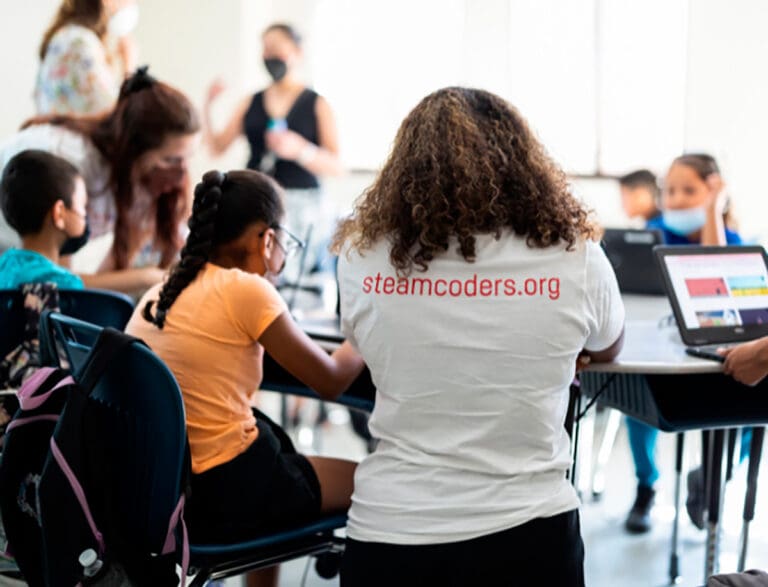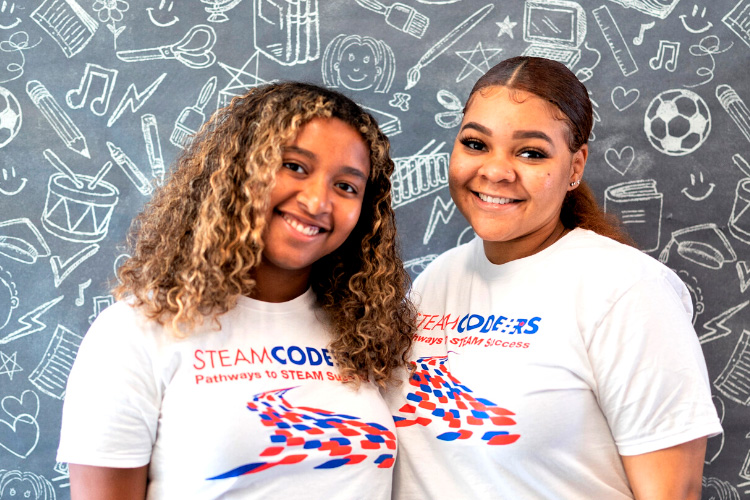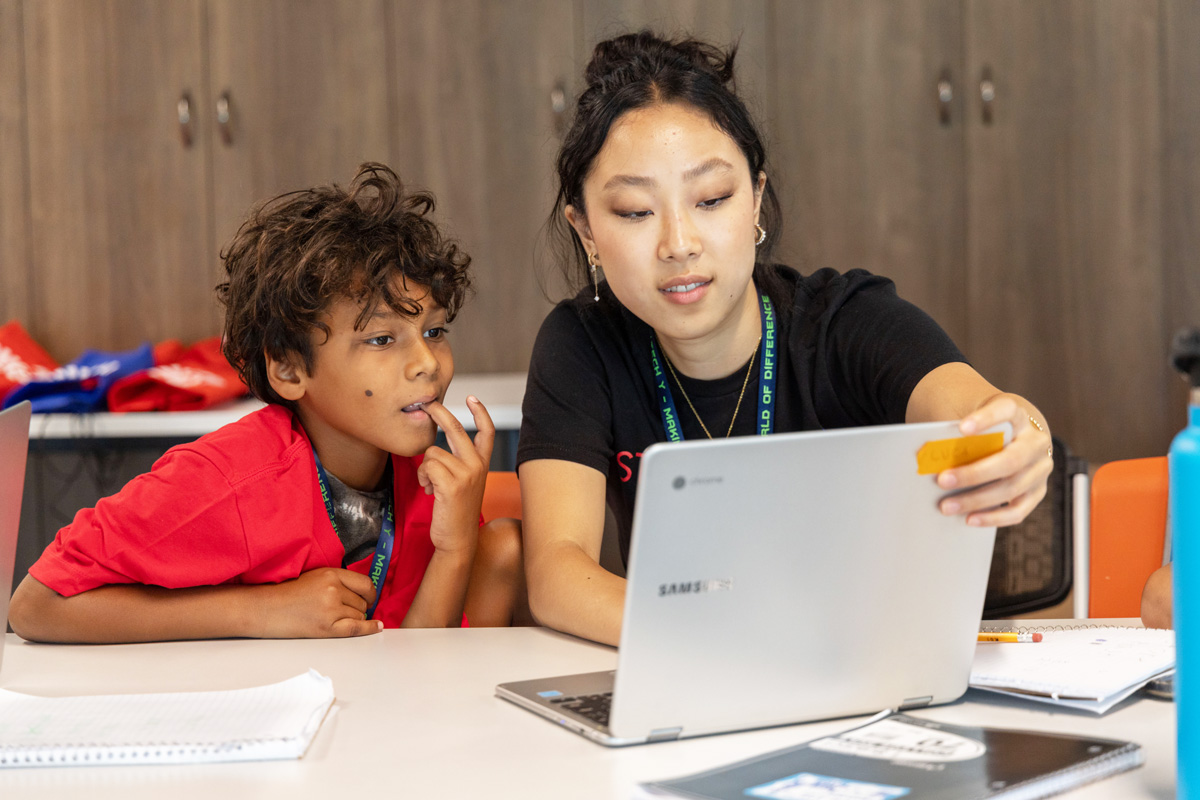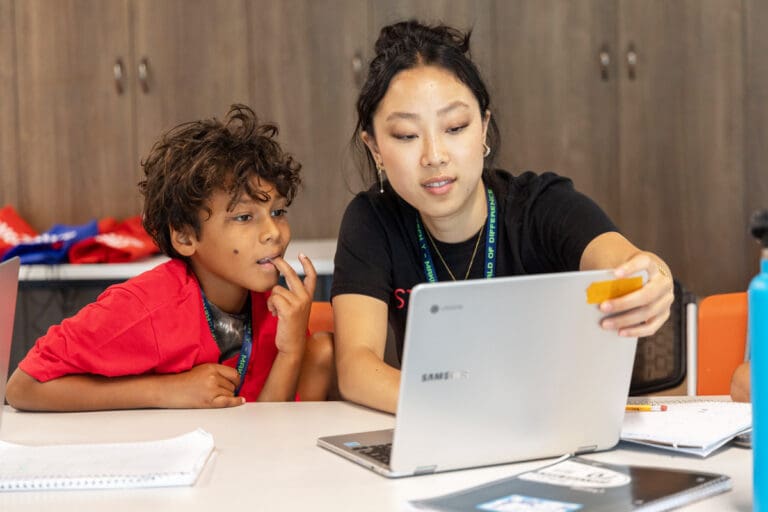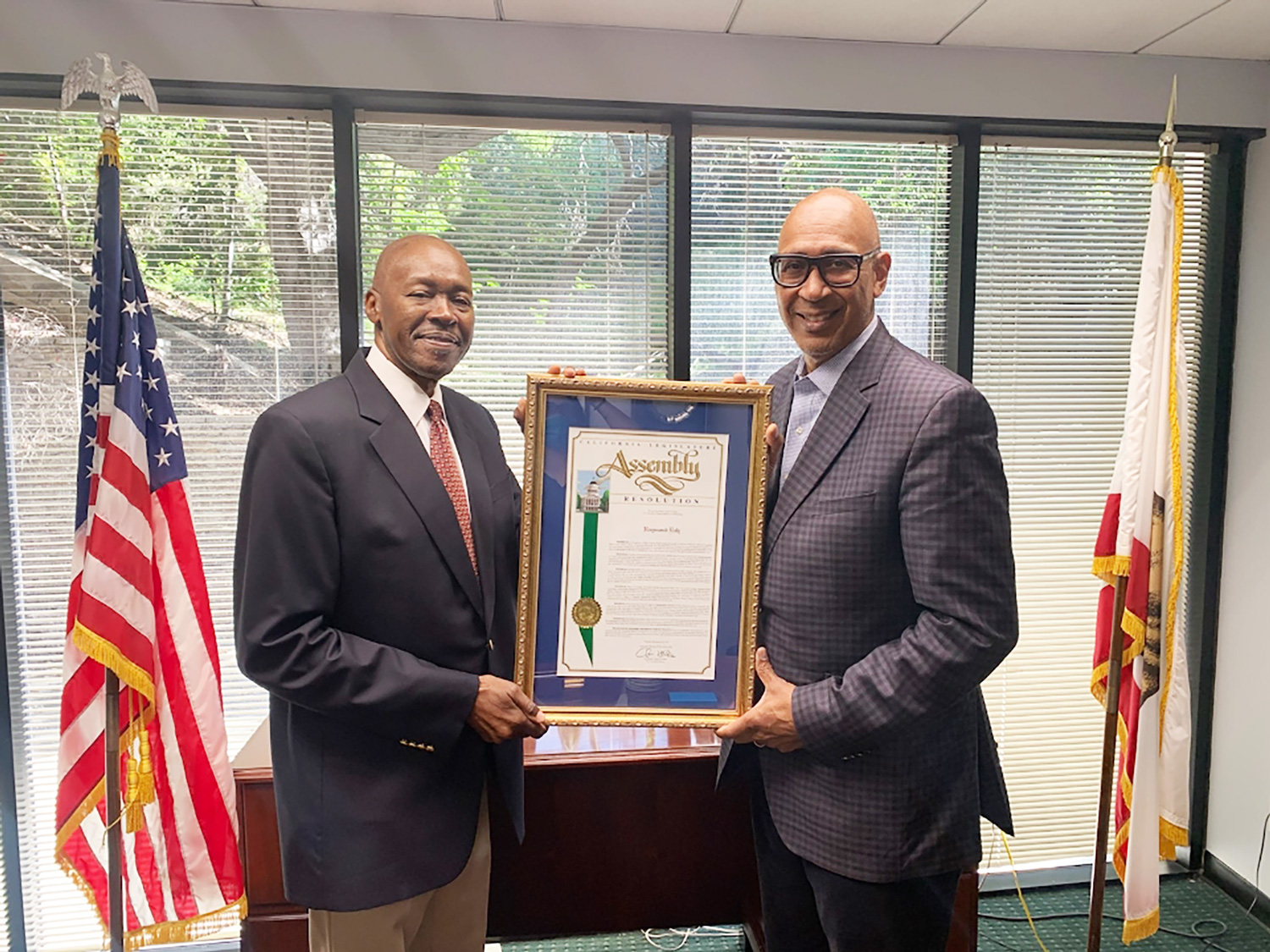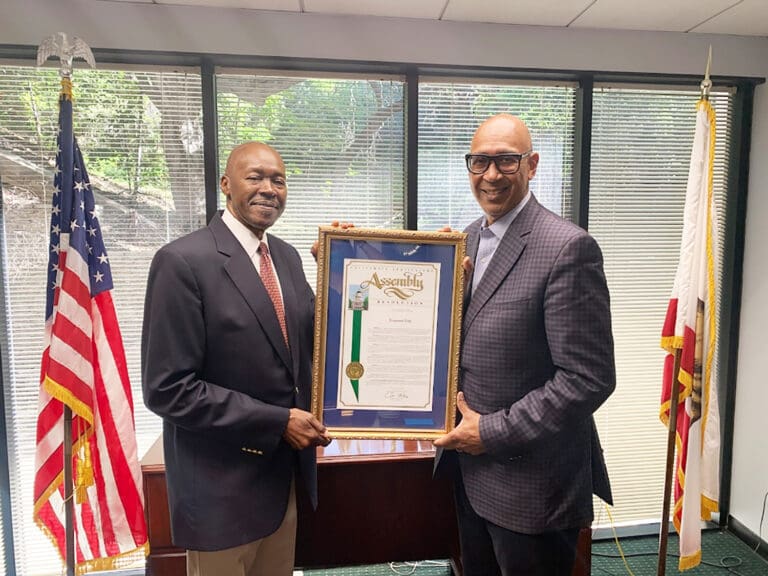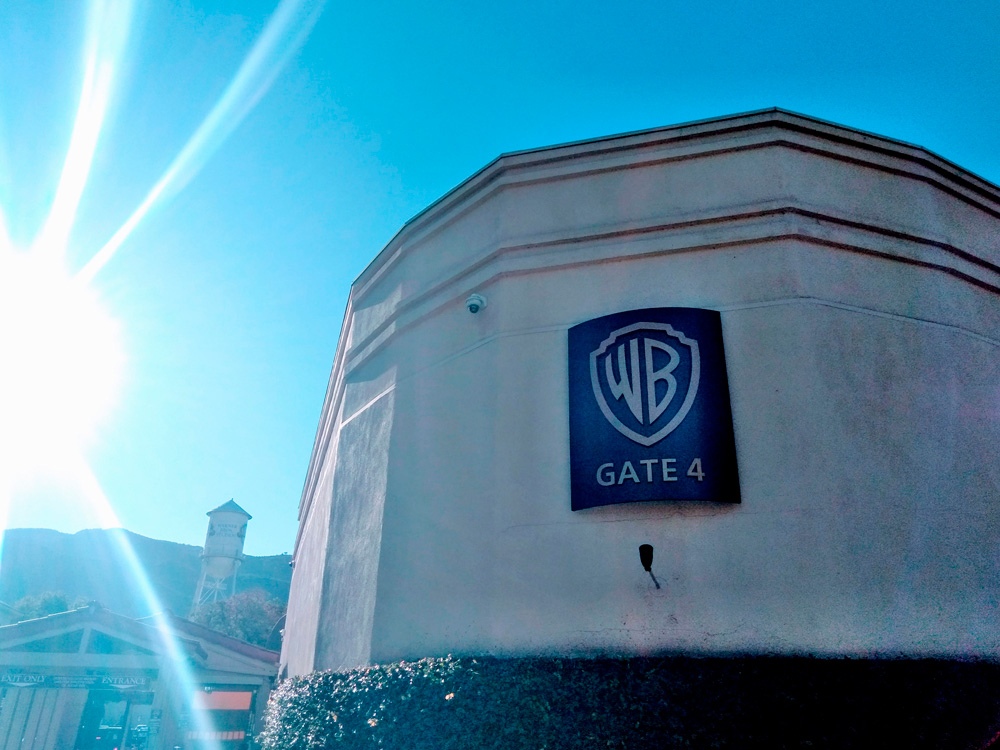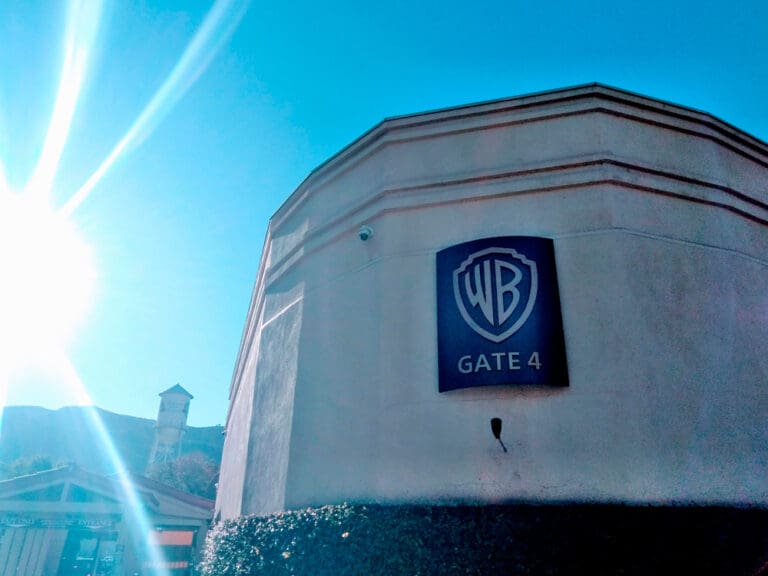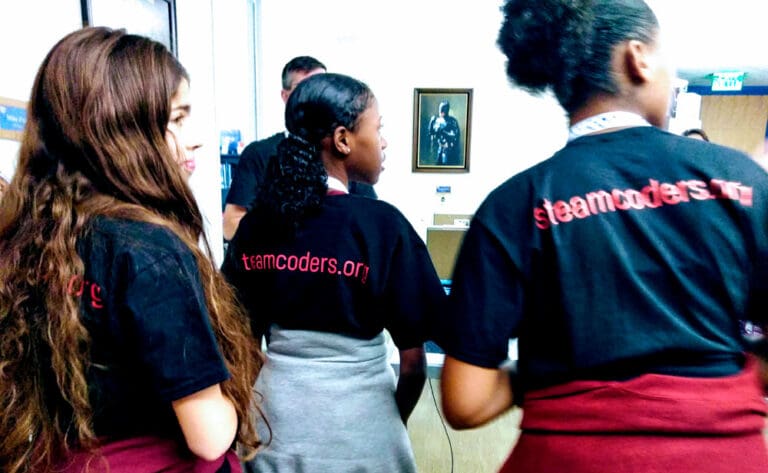Stories and photo by Caltech
By the time they get to middle and high school, children interested in science and math often begin to doubt whether they can succeed in STEM careers, according to U.S. data. If their grades begin to falter, some students turn away from these subjects. Instead, in Pasadena, hundreds of students have turned to the Rise tutoring program. Led by the Caltech Y since 2006, Rise offers these students a path toward success in STEM.
Four evenings each week, students from Caltech and Pasadena Unified School District (PUSD) fill the large multipurpose room above Caltech’s Red Door Marketplace. The tutors from Caltech talk and laugh with the local public-school students in pairs, poring over school homework assignments.
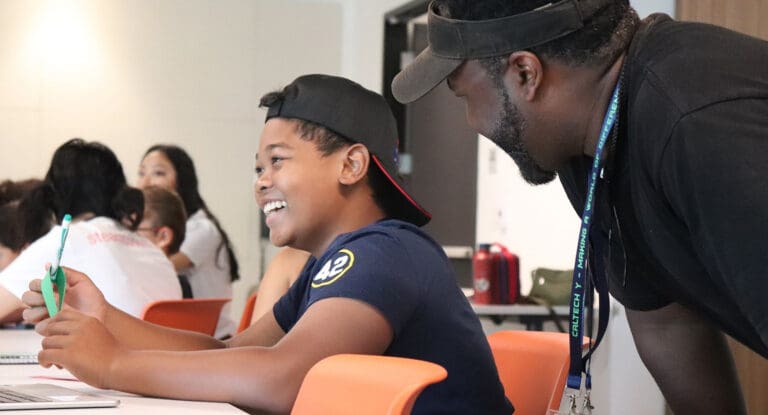
Rise basics
One-to-one tutoring in person or online is the core of Rise. In the 2022-23 school year, 84 public school students in grades 8–12 visited Caltech’s campus twice each week for 90 minutes of tutoring, while another 47 signed in online.
Opening to families in October, this one-to-one tutoring program typically fills up in a few weeks. Families pay $200 per academic year to support the program’s administration, with scholarships available.
Although Rise tutoring is designed for students who have either declining grades or a C or lower in math or science, it also requires motivation. Participants must have a teacher’s recommendation and a grade point average of 2.0 or higher.
In recent years, Rise has expanded to more locations and formats:
- John Muir High School: After school, high school students visit a classroom on their own campus for drop-in Rise tutoring and advice from the local college-prep nonprofit College Access Plan.
- Pasadena City College: Tutors help past Rise participants and other STEM students succeed in their first years at PCC and other colleges.
- Flintridge Center: Caltech students tutor participants in the Flintridge Center’s Youth of Promise program.
- Union Station: Children who are transitioning out of homelessness with the help of Union Station Homeless Services participate in tutoring.
- STEAM Summer Experience: In 2023, Rise debuted this three-week day camp for local students in grades 3–6, an opportunity made possible by support from the Medtronic Foundation and collaborations with STEAM:Coders and STEMulate Learning.
Learning to teach
Before they start volunteering, Rise tutors learn teaching techniques to help students struggling with math and science have positive experiences with the subjects. Rise leaders also train tutors on Caltech’s guidelines for working with youth and on state-mandated reporting requirements.
“In orientation training, we share best practices, what we’ve learned over the years through the RISE program,” explains Courtney Reddix, student programs coordinator for the Caltech Y. “Older tutors speak to the new tutors about different kinds of things, like ways to make your session successful, to build confidence, talking to your student not as an authoritarian, but finding things in common. Just talking to them as a human first and foremost before jumping into the math and science.”
Working in pairs, tutors and students first get to know each other before identifying the students’ academic strengths and where they are having trouble, and then setting achievable goals and a plan. In each session, pairs focus on relevant homework assignments or on challenges designed by tutors to help students gain skill and confidence.
“Tutors work with the same one or two students each time they come, so they get to see their progress and their growth. That makes it really rewarding for the tutors as well. I think that’s why they keep coming back. Some tutors have worked with the same student for four and five years. With that kind of long-term relationship, you’re really impacting somebody’s life.”
A priority for Caltech students
In 2022–2023 alone, 171 Caltech students served as Rise tutors, split about evenly between undergraduates and graduate students. More than 80 percent served on a volunteer basis. Those who have been paid through the Federal Work-Study Program often continue as volunteers after their funding ends.
This high participation in Rise and other outreach programs shows that Caltech students value the opportunity to mentor others and connect with the local community, says Liz Jackman, associate director of student programs for the Caltech Y.
Rise is made possible by the volunteerism of Caltech students, the commitment of PUSD students, and the financial support of the Caltech Y Tom M. Apostol Fund for Science and Math Outreach, the Roethke Family Funds, the Medtronic Foundation, the Pasadena African American Parent Council, the Harris-Bacor Family Foundation, and the Caltech Employees Federal Credit Union.

